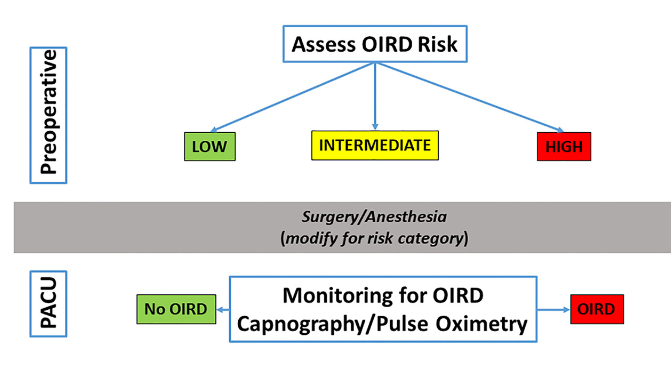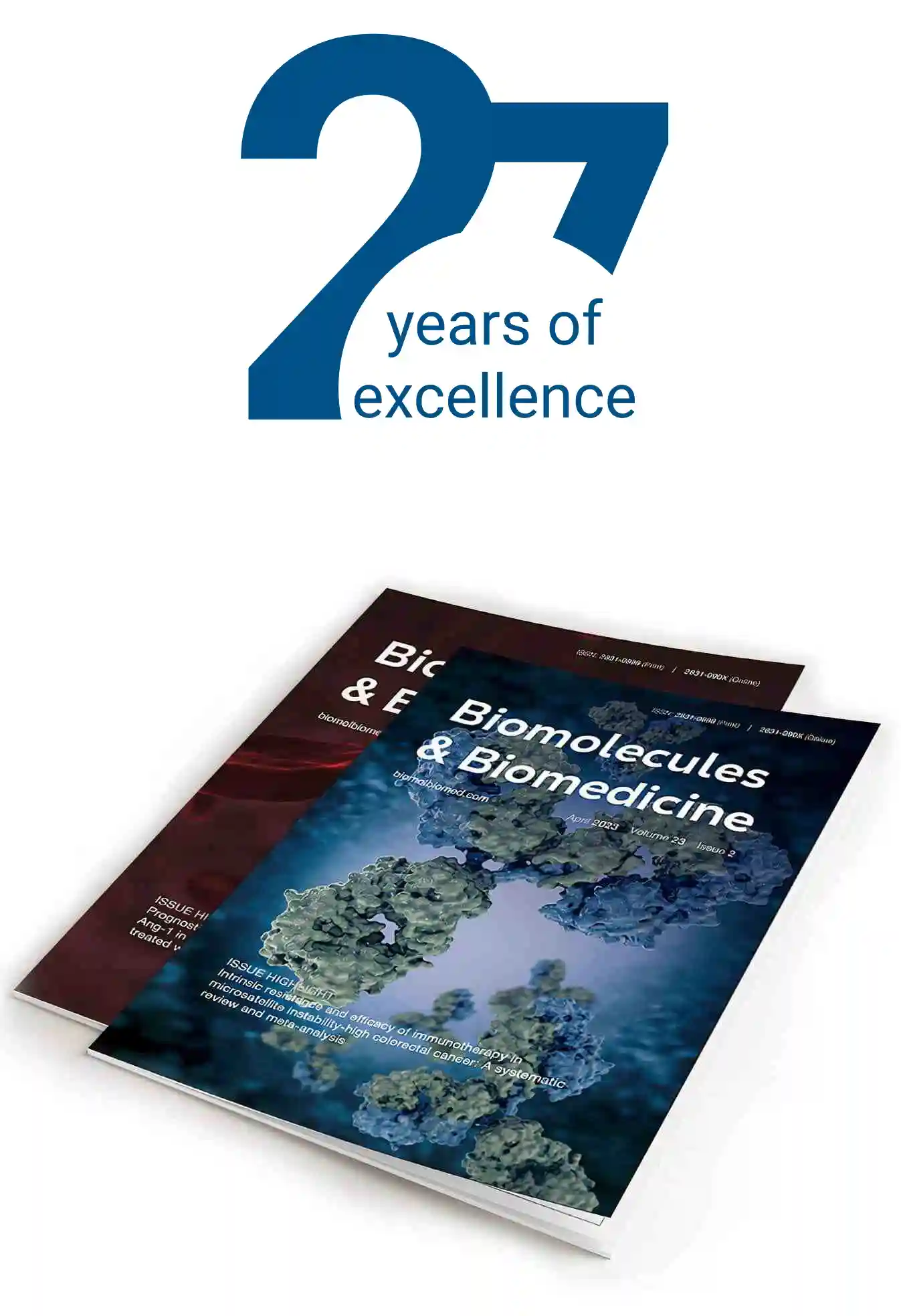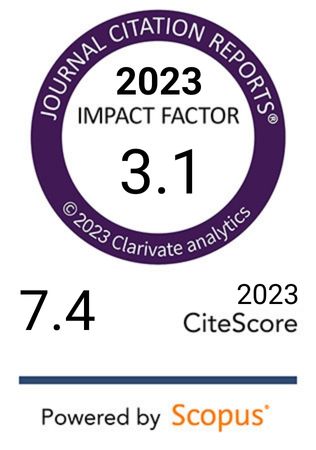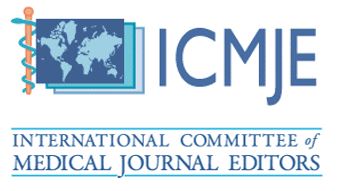Research and clinical implications of emerging evidence regarding patterns of postoperative opioid-induced respiratory depression
DOI:
https://doi.org/10.17305/bb.2024.11123Keywords:
Apnea, postoperative, monitoring, study designAbstract
The wider availability of continuous respiratory monitors and advanced data abstraction techniques has led to a substantial increase in understanding of postoperative opioid-induced respiratory depression (OIRD), particularly regarding its incidence, presentation, temporal distribution, and risk factors. Self-limited episodes of OIRD are relatively common, typically presenting as repetitive apneas beginning in the postoperative period and continuing through the first night after surgery. In contrast, life-threatening episodes of OIRD are rare and usually occur on the day of surgery. Traditional monitoring of patient vital signs may be insensitive in detecting OIRD, while healthcare staff may be more adept at recognizing the concurrent development of somnolence. Although obstructive sleep apnea (OSA) is a known risk factor for OIRD, a more comprehensive phenotype is emerging-elderly patients with debility and substantial comorbidity. These advances have significant implications for managing postoperative OIRD. This review will focus on how these new insights into OIRD have highlighted knowledge gaps and created opportunities for future research and practice initiatives.
Citations
Downloads

Downloads
Published
Issue
Section
Categories
License
Copyright (c) 2024 Toby N Weingarten, Atousa Deljou, Juraj Sprung

This work is licensed under a Creative Commons Attribution 4.0 International License.









